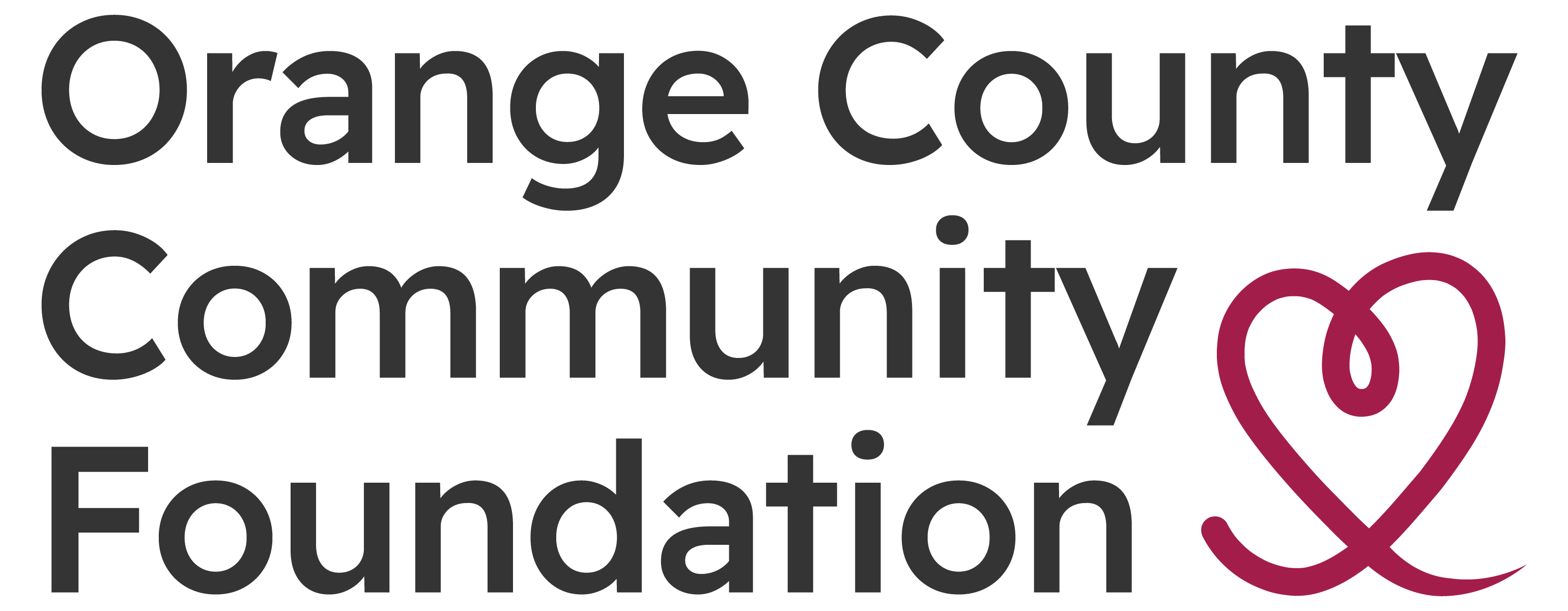
Orange County is a community of contrasts.
In the shadow of luxury homes, families struggle to find food and shelter. Amid high-achieving scholars countless students fall behind, losing hope for their futures as they lose ground. And a labyrinth of post-pandemic economic, health and emotional challenges has created an unprecedented mental health crisis for our community.
At OCCF, we envision an Orange County where all have the opportunity to thrive. To achieve this, we must first understand and address the critical realities facing too many of our neighbors. This is the charge of ConnectOC. We invite you to explore this site for eye-opening facts about our county and opportunities to pursue the dream of a more vibrant, prosperous community for everyone who calls Orange County home.
 In 2012, the Orange County Community Foundation had a unique opportunity to partner with McKinsey & Company to produce the first ConnectOC Community Report, examining myths and misconceptions of the OC community through rigorous data analysis. The data and insights led to important findings about our community’s greatest needs, promising solutions, and how philanthropy could help move the needle. Ten years and a global pandemic later, we refreshed the ConnectOC data and found positive trends worthy of celebration as well as new areas of concern and rising need. We invite you to explore our ConnectOC findings and how you can engage to help build an Orange County where all have the opportunity to thrive.
In 2012, the Orange County Community Foundation had a unique opportunity to partner with McKinsey & Company to produce the first ConnectOC Community Report, examining myths and misconceptions of the OC community through rigorous data analysis. The data and insights led to important findings about our community’s greatest needs, promising solutions, and how philanthropy could help move the needle. Ten years and a global pandemic later, we refreshed the ConnectOC data and found positive trends worthy of celebration as well as new areas of concern and rising need. We invite you to explore our ConnectOC findings and how you can engage to help build an Orange County where all have the opportunity to thrive.RESEARCH BREAKS IT DOWN. TOGETHER WE CAN BUILD IT UP.
Since 2012, ConnectOC has surfaced local knowledge on three key topics: the safety net protecting our most vulnerable residents, the health and wellness of our community, and the education of our youth. The data and insights led to important findings about our community’s greatest needs, promising solutions, and how philanthropy could help move the needle. Over the past year, we have refreshed the ConnectOC data and found positive trends worthy of celebration as well as new areas of concern and rising need.
Our 2022-2023 ConnectOC analysis surfaced three key issues that are essential to a stronger, more vibrant Orange County for all. Learn about these issues and how philanthropy can move the needle.

Spotlight Issue:
Youth Mental Health
Over the last two years, there has been a 71% increase in local requests for children’s mental health services.
Orange County youth are facing a mental health crisis. We must educate ourselves on the issues, advocate for better services, and help youth and families access the support they need.
You can make a difference!

Spotlight Issue:
Food Insecurity
1 in 11 children in Orange County are food insecure.
No child should go hungry in a community like Orange County. Our community can redirect resources to ensure children get the food they need to grow into strong and healthy adults.
You can make a difference!

Spotlight Issue:
Workforce Readiness
Middle-skill job opportunities requiring less than a four-year degree have increased by 25% in OC since 2003.
Orange County needs career pathways, credentials, and learning experiences to connect youth to living-wage jobs so we can retain the future workforce and bolster future generations’ economic well being.
You can make a difference!
Join Us in Learning More About Our Community
Search OC Nonprofit Central for organizations addressing the causes and issues closest to your heart.






